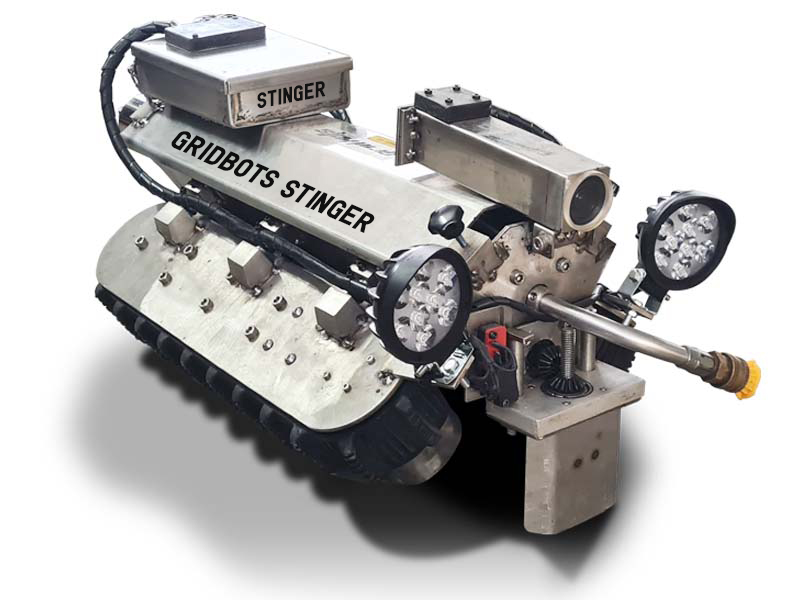SOLUTION FOR RAILWAYS
ENSURING POWER PLANT UPTIME - UNCODITIONALLY !
One effective solution for railway track maintenance and safety lies in the implementation of advanced monitoring and inspection technologies. Utilizing systems such as track geometry measurement cars equipped with laser scanners and inertial measurement units, railway operators can conduct comprehensive assessments of track conditions, identifying irregularities, defects, and potential hazards. Additionally, the integration of continuous track monitoring systems, including acoustic sensors and ground-penetrating radar, enables real-time detection of track faults, such as cracks, settlements, and misalignments, allowing for timely intervention and maintenance activities. Furthermore, the adoption of predictive analytics and machine learning algorithms can analyze historical data and sensor inputs to forecast track degradation and prioritize maintenance efforts, optimizing asset management practices and ensuring the safety and reliability of railway infrastructure. By leveraging these innovative technologies, railway operators can enhance track maintenance efficiency, reduce operational disruptions, and improve passenger and freight transportation services.










